When I realized Labor Day landed on my Monday, I panicked. I’m in the middle of packing, as I write this, and have nothing prepared. Hence the redux of an older post but one that still pertains to all of us. For those who celebrate, hope you’re enjoying a fun and safe holiday weekend!

Writers need to multitask. If you struggle with multitasking, don’t be too hard on yourself. The brain is not wired to complete more than one task at peak level. A recent study in the journal Frontiers in Human Neuroscience showed when we’re concentrating on a task that involves sight, the brain will automatically decrease our hearing.
“The brain can’t cope with too many tasks: only one sense at a time can perform at its peak. This is why it’s not a good idea to talk on the phone while driving.” — Professor Jerker Rönnberg of Linköping University, who conducted the study.
The results of this study show that if we’re subjected to sound alone, the brain activity in the auditory cortex continues without any problems. But when the brain is given a visual task, such as writing, the response of the nerves in the auditory cortex decreases, and hearing becomes impaired.
As the difficulty of the task increases—like penning a novel—the nerves’ response to sound decreases even more. Which explains how some writers wear headphones while writing. The music becomes white noise.
For me, once I slide on the headphones, the world around me fades away. I can’t tell you the number of times a family member has strolled into my office, and I practically jump clean out of my skin. Don’t be surprised if someday they kill me by giving me a heart attack. But it isn’t really their fault. I’m in the zone, headphones on, music blaring, my complete attention on that screen, and apparently, my brain decreased my ability to hear.
Strangely enough, I don’t listen to music while researching. When I need to read and absorb content, I need silence. This quirk never made sense to me. Until now.
Have you ever turned down the radio while searching for a specific house number or highway exit?
Instinctively, you’re helping your brain to concentrate on the visual task.
Research shows that our brains are not nearly as good at handling multiple tasks as we like to think they are. In fact, some researchers suggest multitasking can actually reduce productivity by as much as 40% (for everyone except Rev; he’s a multitasking God). Multitaskers have more trouble tuning out distractions than people who focus on one task at a time. Doing many different things at once can also impair cognitive ability.
Shocking, right?
Multitasking certainly isn’t a new concept, but the constant streams of information from numerous different sources do represent a relatively new problem. While we know that all this “noise” is not good for productivity, is it possible that it could also injure our brains?
Multitasking in the brain is managed by executive functions that control and manage cognitive processes and determine how, when, and in what order certain tasks are performed. According to Meyer, Evans, and Rubinstein, there are two stages to the executive control process.
- Goal shifting: Deciding to do one thing instead of another
- Role activation: Switching from the rules for the previous task to the rules for the new task (like writing vs. reading)Moving through these steps may only add a few tenths of a second, but it can start to add up when people repeatedly switch back and forth. This might not be a big deal if you’re folding laundry and watching TV at the same time. However, where productivity is concerned, wasting even small amounts of time could be the difference between writing a novel in months vs. years.
Multitasking Isn’t Always Bad
Some research suggests that people who engage in media multitasking, like listening to music through headphones while using a computer, might be better at integrating visual and auditory information. Study participants between the ages of 19 and 28 were asked to complete questionnaires regarding their media usage.
The participants completed a visual search task both with and without a sound to indicate when the item changed color. Heavy multitaskers performed better when sound was presented, indicating they were more adept at integrating the two sources of sensory information. Conversely, heavy multitaskers performed worse than light/medium multitaskers when the tone was not present.
I can attest to that. If I don’t have my headphones on, chances are I won’t hit my writing goals that day. I’ve conditioned my brain to focus when the music starts. And I store a spare set of headphones in case mine break. Learned that little lesson the hard way.
“Although the present findings do not demonstrate any causal effect, they highlight an interesting possibility of the effect of media multitasking on certain cognitive abilities, multisensory integration in particular. Media multitasking may not always be a bad thing,” the authors noted.
How can writers multitask and still be productive?
- Limit the numbers of things we juggle to two (*laughter erupts in the audience*)
- Use the “20-minute rule.” Instead of constantly switching between tasks, devote your full attention to one task for 20 minutes before switching to the next task.
What do you think about these studies? How well do you multitask?
Because of my holiday plans, I may be late responding to comments, but don’t let that stop you from sharing your thoughts.


 The title of this post is not a play on words. As I might’ve mentioned
The title of this post is not a play on words. As I might’ve mentioned 

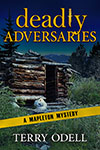
 Like bang for your buck? I have a
Like bang for your buck? I have a 
 You may have noticed my absence on the weekends lately. This summer, I vowed to take some “me time” and have fun away from the keyboard.
You may have noticed my absence on the weekends lately. This summer, I vowed to take some “me time” and have fun away from the keyboard.

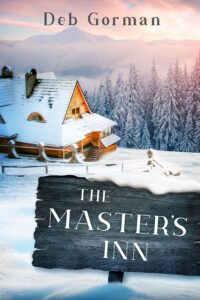
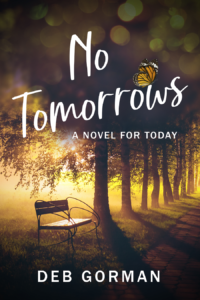




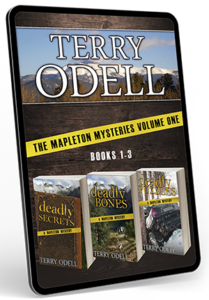 Meanwhile, in other news, as an antidote to “hitting the wall”, I put together a bundle of the first 3 books in my Mapleton Mystery series: Deadly Secrets, Deadly Bones, and Deadly Puzzles. It went on sale Monday. You can
Meanwhile, in other news, as an antidote to “hitting the wall”, I put together a bundle of the first 3 books in my Mapleton Mystery series: Deadly Secrets, Deadly Bones, and Deadly Puzzles. It went on sale Monday. You can 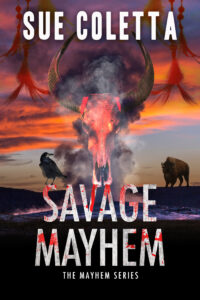 Amidst the wild and unforgiving landscapes of Yellowstone Park, eco-warriors Mayhem and Shawnee race against the clock to protect an American Buffalo herd from the ruthless Killzme Corporation.
Amidst the wild and unforgiving landscapes of Yellowstone Park, eco-warriors Mayhem and Shawnee race against the clock to protect an American Buffalo herd from the ruthless Killzme Corporation.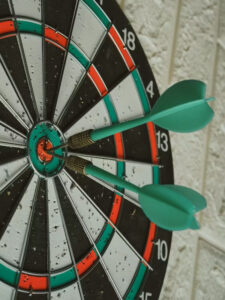

 Private pilot Cassie Deakin has one measure of success: to find the culprits who assaulted her uncle. But when she achieves that goal, she faces a much more difficult challenge.
Private pilot Cassie Deakin has one measure of success: to find the culprits who assaulted her uncle. But when she achieves that goal, she faces a much more difficult challenge.